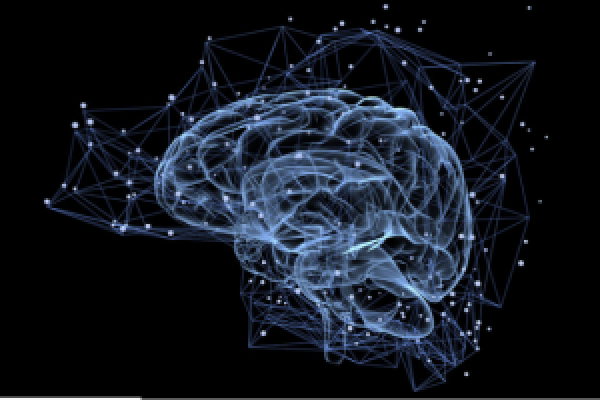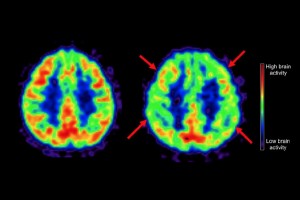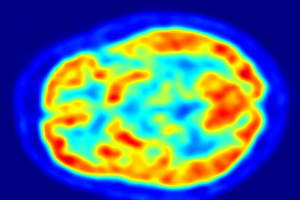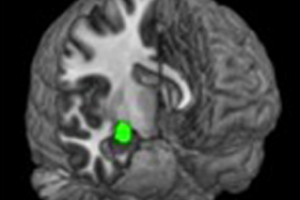How We Might Harness the Brain's Pain-Control System for Drug-free Relief
Your body has its own natural pain-relief system, and scientists may be one step closer to learning how to use it and identified a part of the brain that appears to be important in controlling this system.
Your body has its own natural pain-relief system, and scientists may be one step closer to learning how to use it and identified a part of the brain that appears to be important in controlling this system.
They hope that treatments that harness the power of this part of the brain could provide patients with a natural alternative to powerful pain drugs.
The new results "build a picture of why and how the brain decides to turn off pain in certain circumstances," lead study author Ben Seymour, a neuroscientist at the University of Cambridge in the United Kingdom, said in a statement.
The pain sensation likely evolved to help us survive. For example, after an injury, constant pain forces us to rest, which allows the body to devote much of its energy toward healing. In a sense, this can be considered 'healthy pain'.
But if this is true, why does the body have a natural painkilling system that turns down the pain signal in some cases, but not in others?
Seymour and his colleagues hypothesized that even "healthy pain" could be a problem if a person could actively do something to help their injury, such as finding a way to cool a burn. So the brain might activate its pain-killing system in these situations, Seymour said.
To test this hypothesis, the researchers carried out several experiments.
First, they attached metal probes to the arms of about 20 healthy participants. The probes were heated to a level that was painful, but not enough to burn the participants. Next, the volunteers played a game that involved figuring out which button on a small keypad would cool down the probe. In some cases, it was easy to turn off the probe, but in other cases, it was more difficult. During the entire task, the volunteers periodically rated their pain level, and their brain activity was monitored with the use of a brain-imaging technique called functional magnetic resonance imaging (fRMI).
The researchers found that the participants' level of pain was related to how much information they needed to learn to complete the task. When participants needed to learn which button to press to relieve their pain, their pain ratings dropped. But when the subjects knew which button to press, their pain levels were not reduced.
Using a computer model, the researchers were able to pinpoint this brain activity to the area of the brain called the pregenual cingulate cortex.
Future research should focus on understanding how this brain area might be "turned on" as a treatment for chronic pain, the researchers said.
This study only found an association, and didn't prove that this brain area alone is responsible for turning down participants' pain.
Livescience.com





Related Posts